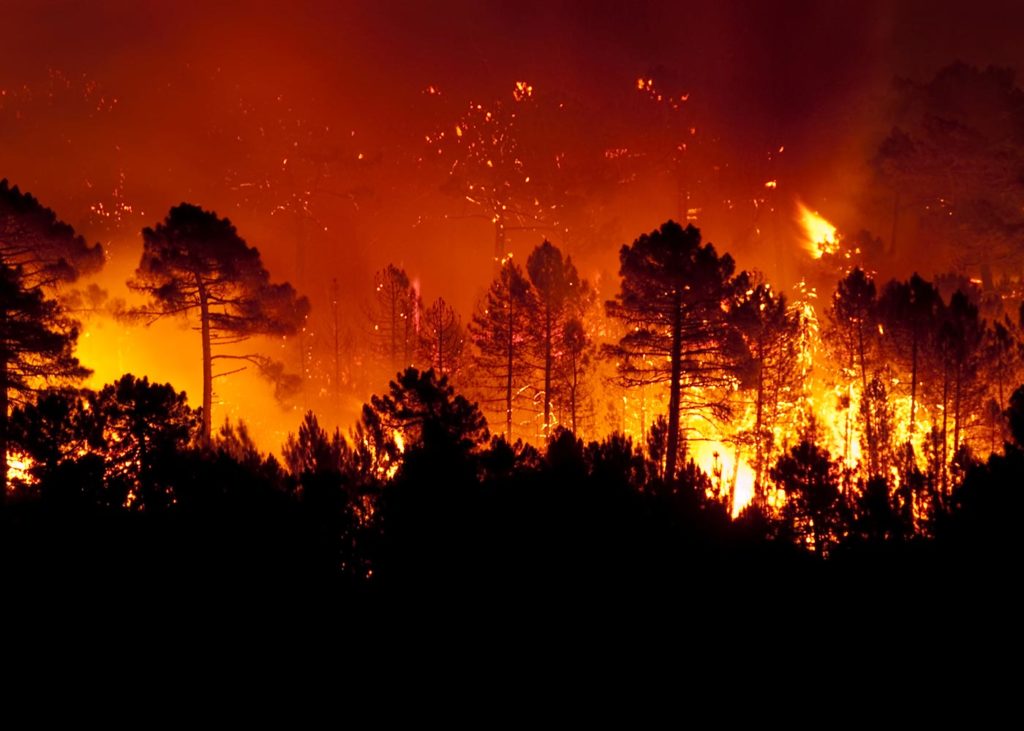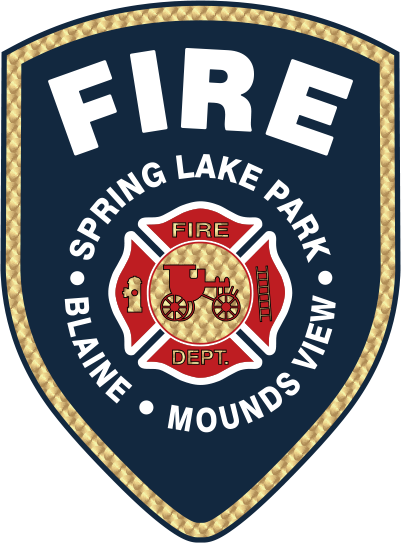Your Home, Your Castle Protect it from Wildland Fires
You can do a lot to protect your home from being destroyed by wildfire. Minnesota is known for its wilderness but wild beauty also adds risk to our homes and businesses. Fire has no conscience and does not discriminate. Fire views our home and its surroundings as one thing: fuel. We can make our homes and businesses defensible.
Minnesota Firewise and Spring Lake Park-Blaine-Mounds View Fire Department recommend these tips to make your home fire-smart:
The access to your home affects how easily firefighters and emergency vehicles can find and reach your home.
- In mid-summer, go to the street and see if you can read your address through any vegetation. If not, it may take them longer to respond to you in an emergency. Trim back vegetation as needed and make sure of good lighting on house numbers.
The site your home is on can be critical. How your home is situated on the lot will determine whether it can survive alone and also whether firefighters can defend it. The critical area is 30 feet directly around your home. This is called the defensible zone. In this area, anything flammable needs to be removed or modified.
- Look at the trees. If the trees are mainly evergreens, which are highly flammable, a space between the crowns (branches of adjacent trees) should be maintained. This prevents the fire
from climbing from the ground to the crown. - Look at the vertical arrangement of the vegetation. Is there continuous fuel (grass, leaves, branches) reaching from the ground to the branches? Eliminate this fuel by mowing tall grass, trimming shrubs and pruning the lower tree branches.
- Firewood should be moved outside the defensible (an area capable of being defended) zone. Sparks from a wildfire can easily catch in firewood piles, and the intense heat of those
burning piles next to the house will catch the house on fire. - Clean up leaf and needles that accumulates in foundation plantings, next to building and under decks.
- Use rock and stone landscaping materials next to buildings.
- Clean up the home defensible zone. Remove garbage, old lumber, downed trees and other debris. Make sure fences have accessible gates.Tip#8-If possible, keep the lawn watered and mowed short (3” or less) on all sides of all buildings. A short green lawn does not carry fire.
- Clear a 10 foot space around propane tanks.
- Trim back trees and branches so they are not touching or overhanging the home.
Next is to look at the home itself.
- When updating your home, consider less flammable materials such as brick, stone and metal roofing and siding.
- Inspect your chimney annually for cracks in the brick and liner, as well as having it cleaned.
- Clean the roof and gutters of leaves, needles and other debris each spring.
The burning practices of you and your Blaine neighbors can contribute to the risk of home loss from wildfire. The number one cause of wildfires in Minnesota is escaped debris burning fires.
- Consider composting leaves and natural debris.
- Only burn wood (no garbage, leaves), have a 3 foot fire ring, a water hose nearby, adult in attendance and extinguish it completely before leaving. For more information, go to your local city website for recreational burning regulations.
- Store gasoline, oily rags and other flammable materials in approved safety cans.
- If there are branches close to the power lines, consider calling the power company to trim them back.
For more information, visit www.firewise.org.

